From pandemics to climate change, our world seems to be changing. And not in a good way. Because of this, environmentalism is on the rise. We want to protect and care for this planet. It is the only one we have. So we recycle, reuse, and try to make the most of what we’ve got.
Thanks to this mindset, the latest developments in furniture in the modern age, shabby chic and upcycling, were born.
The mindset of waste does want not. Of protecting what we have and not stripping the Earth further of any great natural resources. Or taking what is there and turning it into something better.
Both upcycling and shabby chic could be considered as sustainable or recycled or industrial design.
Sustainable
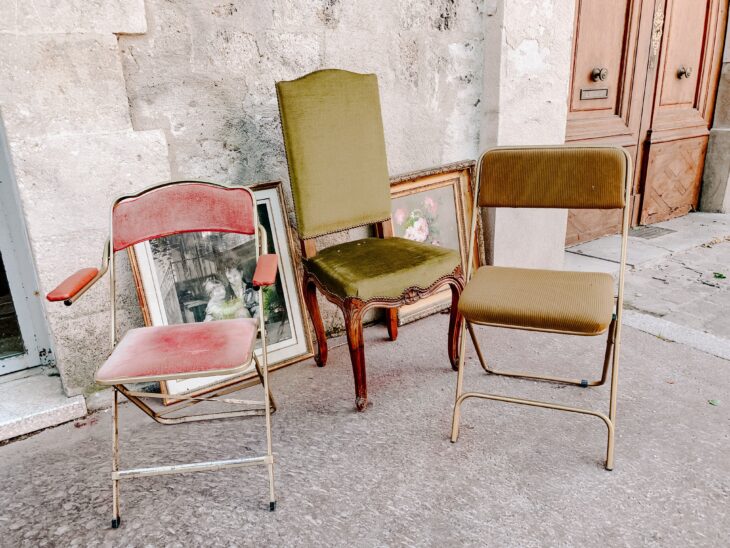
Source: sitchu
Sustainable furniture encapsulates all aspects of design and manufacture in a bid to alleviate the environmental impact of overproduction. The idea behind it, according to Wikipedia, is ‘to create a closed-loop cycle in which materials and products are perpetually recycled to avoid disposal in landfills’.
The UK Government has taken steps to aid a sustainable future by producing their Official Government Buying Standards for ‘sustainable procurement’. Their objective ‘to increase the proportion of reused and refurbished products in use by the Government’ is an excellent step toward lessening the strain production can have on the environment.
There is so much to be done that can be done to alleviate environmental impact and increase sustainability that it is currently an ongoing project.
Environmental Impact
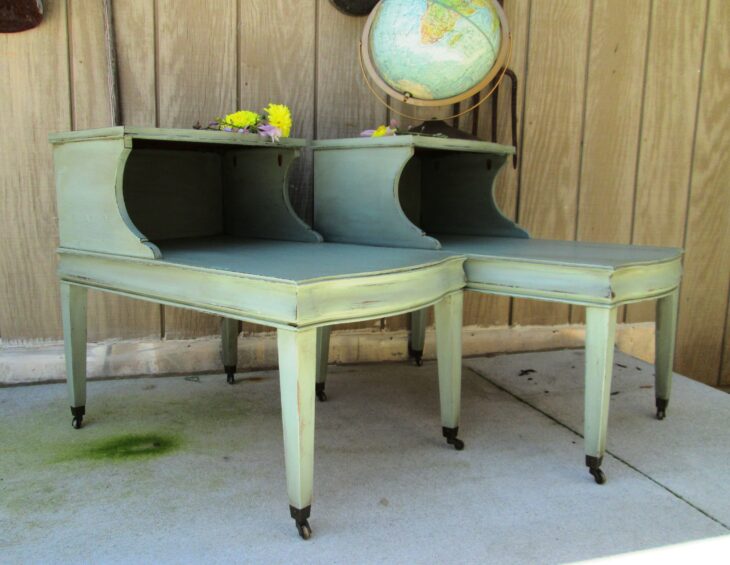
Source: pinterest
While there is little information specifically concerning the impact of furniture production alone in terms of environmental impact, there have been many studies that have compared the impact of wood against other materials found in the building industry.
In every study, the result was the same. Wood was found to be the least impactful on the environment. For example, wood from sustainable forestry practices is a renewable resource, whereas metal and plastics are not.
It makes sense that the furniture industry would be even less harmful to the environment than the building industry. Aside from not using the likes of concrete or massive steel beams, the industries chief resource, wood, is probably the most environmentally sound raw material to use.
The strain put on the environment from wooden household products comes chiefly from using other materials in the production process like glue, varnish, etc.
Because we are so much more aware of our environment, of climate change, of our harmful human-made changes, it was only a matter of time before we considered the impact of our actions on our planet. The ideas of reducing our negative impact on the environment, have helped in the creation of development of upcycling and shabby chic.
Upcycling
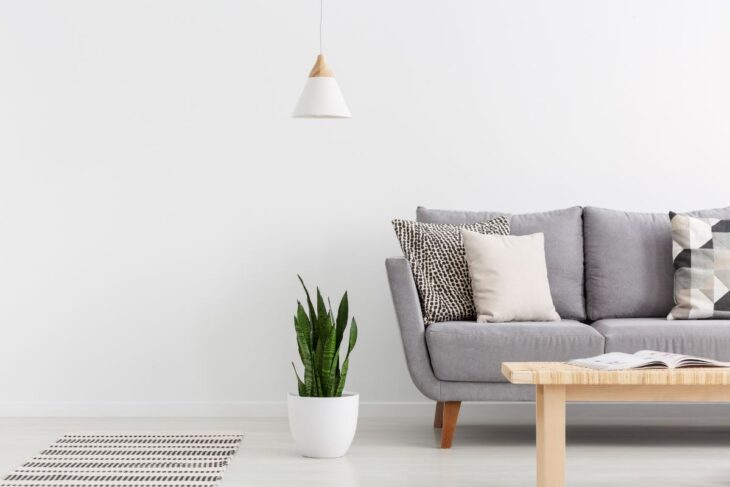
Source: truerelaxations
Known as ‘creative reuse’, upcycling, as defined by Wikipedia, ‘is transforming by-products, waste materials, useless or unwanted products, into new materials or products of better quality and environmental value’.
Upcycling reclaimed wood, for example, reduces the need for new raw materials, which in turn benefits the environment with a reduction in pollution, gas emissions, and energy use, that otherwise would not have happened.
An official online channel for business advice and guidance in Northern Ireland, Invest NI, has pertinent information for manufacturers on how to reduce their environmental impact. Amongst their top 5 recommendations: ‘reducing raw material use’. The very essence of upcycling.
The impact of upcycling, or, correctly speaking, lack of impact, is massive. Any products made through upcycling is probably going to be the least environmentally damaging you can find.
Mike Ford of online home products supplier KalustoFurniture, says in the last 2 years he has seen a dramatic increase in the volume of inquiries for shabby chic products, as people get more aware of the eco-benefits of upcycling and recycling.
Upcycled examples could see a bath cut and turn into a sofa. Or a pallet made into a coffee table. The possibilities with upcycling are limitless. You are only really bound by your available materials and your imagination.
Shabby Chic
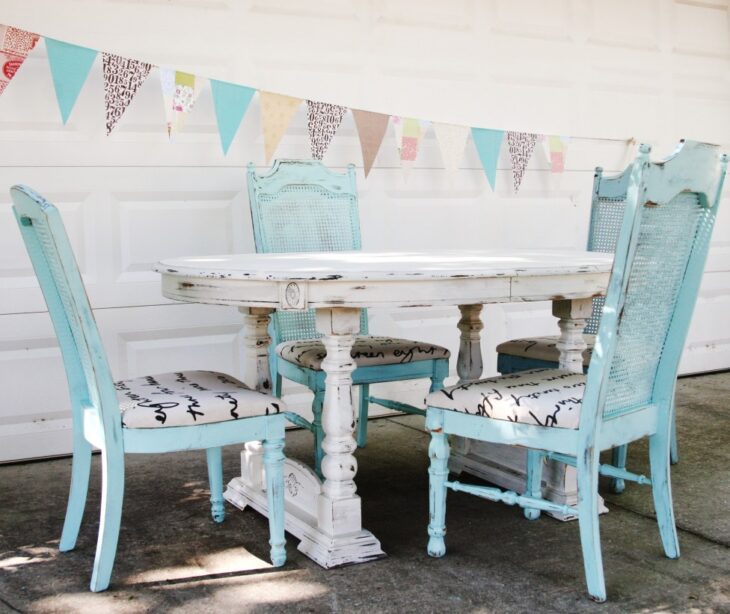
Source: betterhousekeeper
Shabby chic is considered to be more of ‘a style of interior design where furnishings are either chosen for their appearance of age and signs of wear and tear’. It could also be ‘where new items are distressed to achieve the appearance of an antique’.
As an idea, shabby chic has been around for about 60 years, first becoming popular in Great Britain in the 1980s before being adopted in the USA around a decade later.
It was really derived from the state of furniture in upper-class homes, which had fallen under tough financial times. The houses contained quality pieces that had been used and worn. Aged, but still elegant and impressive.
To encapsulate this look, artisans and bohemians of the 80s took old chairs, tables, and fabrics and created something new but equally appealing and stylish. And shabby chic was born. The term itself, which can be applied to fashion, is said to have been popularised in interior design magazines of the 80s.
Shabby chic is not quite as environmentally friendly as upcycling. Sometimes, it is just the style and looks of a new item that would have the usual manufacturing processes behind it, and therefore it would add to the continual stresses we place upon the Earth.
Most often, though, the shabby chic items are made from old tables, sofas, and chairs already in existence. People into shabby chic looks are known to scour charity shops and auctions looking to pick up that piece of neglected furniture that needs a little care and love to turn it into something stylish. In this way, it negates any additional stresses on the environment.
Environmentally Friendly
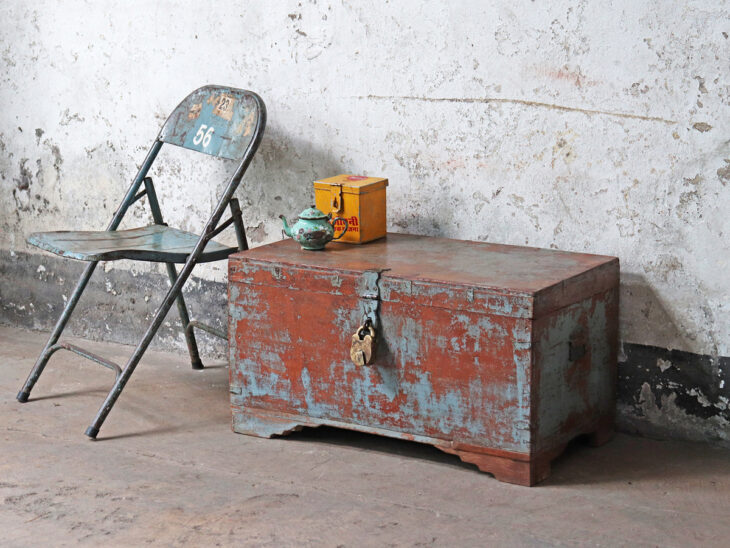
Source: style
Any product that is made or manufactured from basic raw materials will have some impact on the environment.
Thankfully, the production of wooden products may be less impactful than say the types made out of plastic. A good supplier will usually ensure that any wood used is taken from supported and sustainable areas. That the land isn’t stripped but cultivated in such a way that there are always new trees growing. Where anything taken away is replaced as much as possible.
Another big factor in woods favor when it comes to impact on the environment is longevity. A well-crafted piece of furniture from a great quality wood can last for centuries. Take this 400-year-old bed, which has served 15 generations of the same family and is still going strong. There are also decorative pieces in the world that are thousands of years old.
Unlike the cheap, mass-produced, wooden chipboard examples, a solid piece of a crafted wooden product, has a much less impact on the environment.
We are more considered than ever before when it comes to our impact on the environment. If we can find a way to reduce that impact, then it is practically an obligation that we do just that. Sometimes that small thing, that slightly less environmentally damaging thing, can have a significant long-term result. The choice of quality upcycled pieces compared to a mass-produced, poor quality. One may make all the difference.
It makes sense then that if you want to check out upcycled, shabby chic or even high quality crafted wooden furniture, you need to find the right place.
